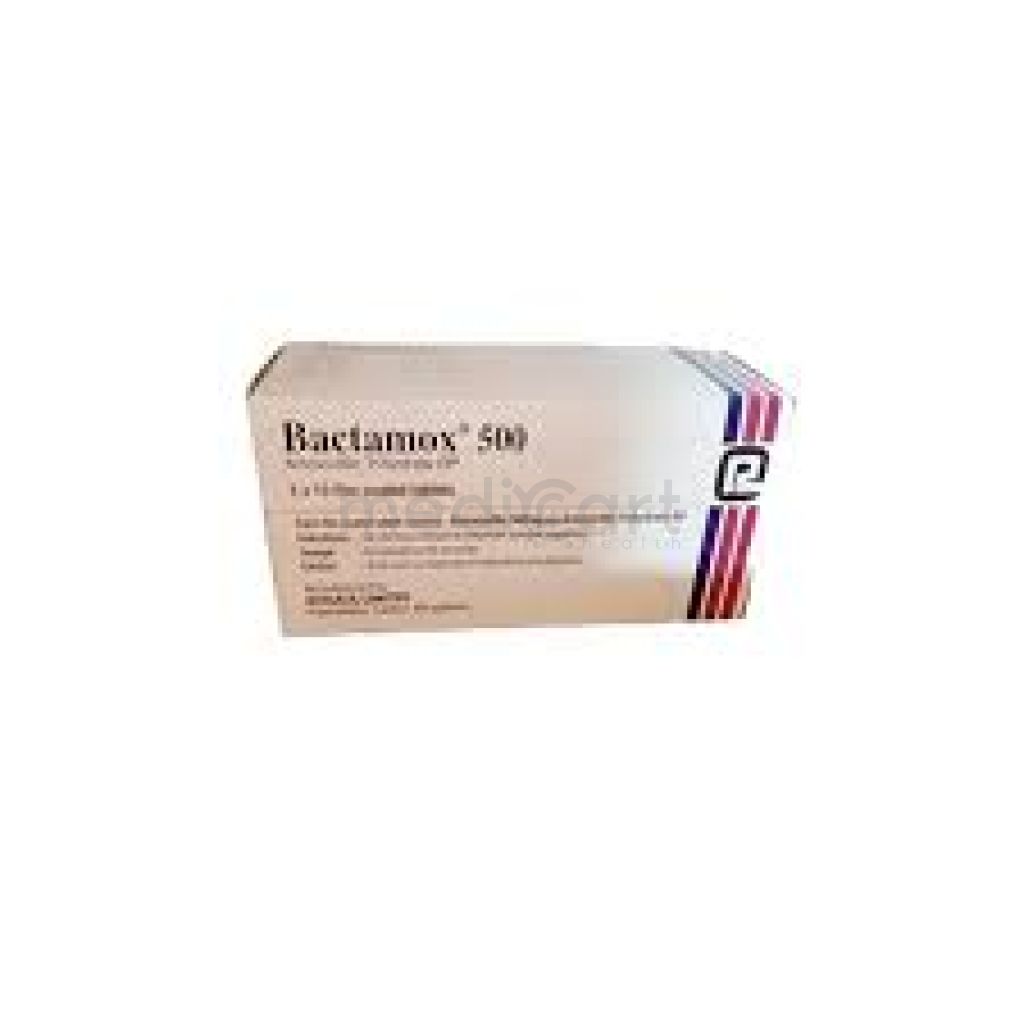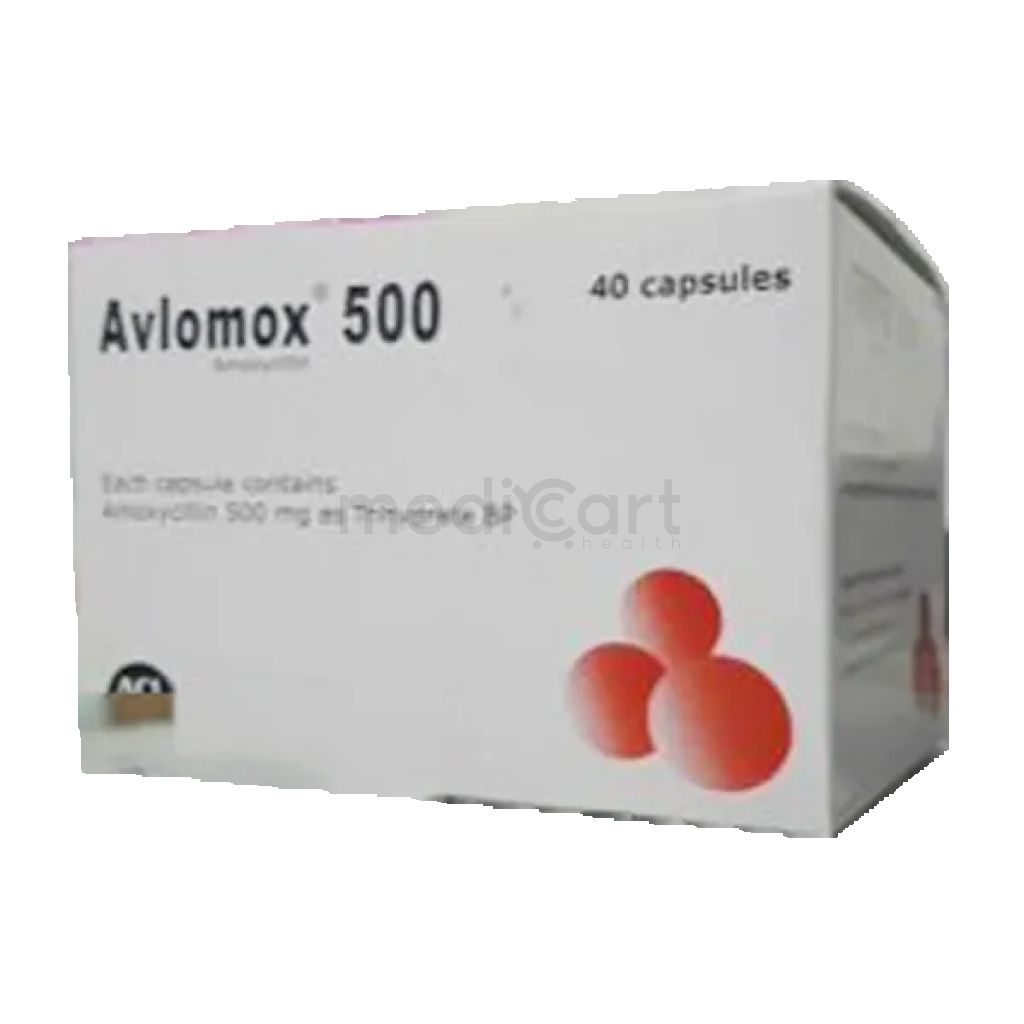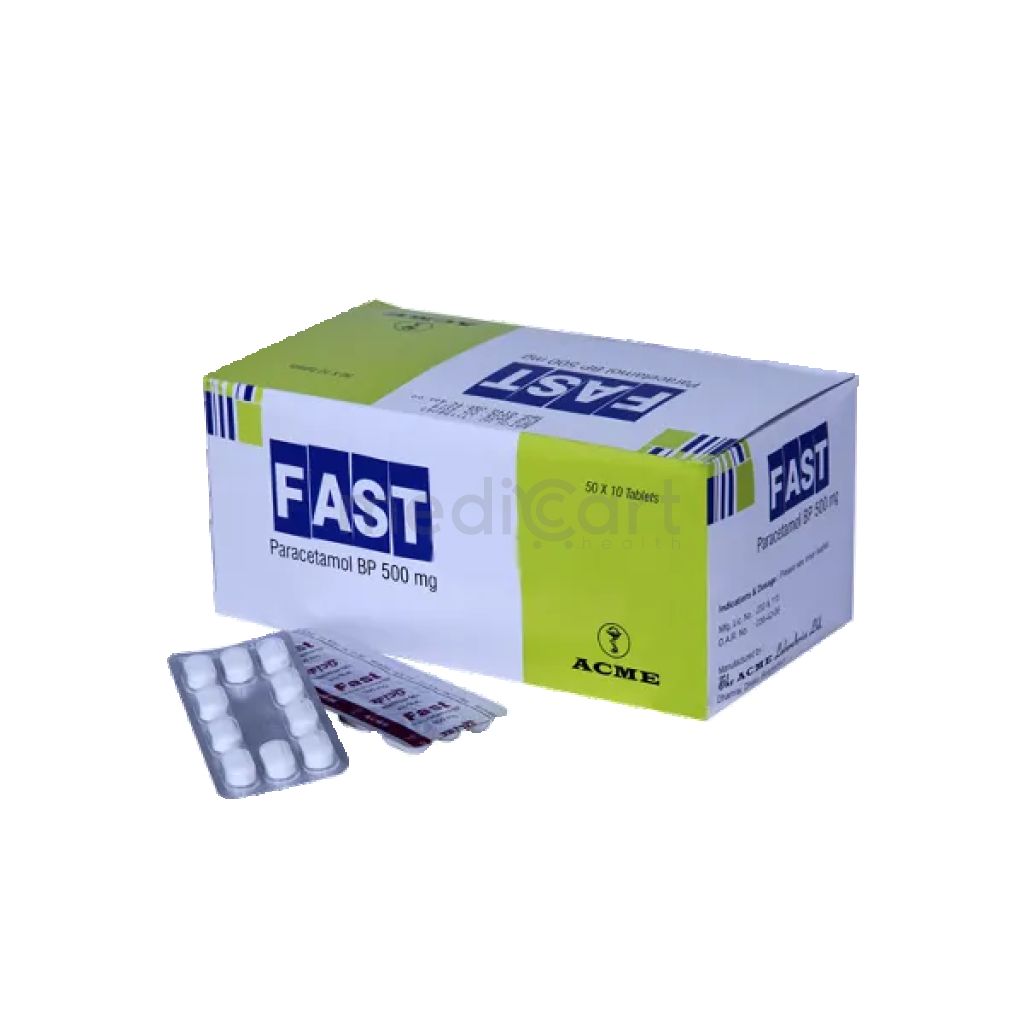

Moxacil 15ml Paed Drops 125mg/1.2ml
Paediatric Drop
Pack Size :
1 Paediatric Drop x 1 Packet
Generics :
Amoxicillin
Manufacturer :
Square Pharmaceuticals Ltd.
Best Price *
TK
30.20
* Delivery will be done in Dhaka city only.
More Information About - Moxacil 15ml Paed Drops 125mg/1.2ml
Description
Generic Name
AmoxicillinPrecaution
Renal and hepatic disease; pregnancy, lactation; infectious mononucleosis. Lactation: Excreted in breast milk, use cautionIndication
Bacterial infections, Pharyngitis, Acute otitis media, Acute bacterial sinusitis, Endocarditis, Anthrax, Chlamydial cervicitis, Chlamydial urethritis, Lyme disease, Dental abscess, Salmonellosis,Typhoid fever, Acute Uncomplicated gonorrhea, Infections of the Lower Respiratory Tract, Skin and Skin Structure, Genitourinary Tract, Ear, Nose, ThroatContra Indication
HypersensitivityDose
N/ASide Effect
Hyperactivity, agitation, insomnia, dizziness; maculopapular rash, exfoliative dermatitis, urticaria, hypersensitivity vasculitis; diarrhoea, nausea, vomiting; anaemia, thrombocytopenia, leucopenia, agranulocytosis. Potentially Fatal: Neuromuscular hypersensitivity; pseudomembranous colitis.Pregnancy Category
Name : Not Classified
Description
FDA has not yet classified the drug into a specified pregnancy category.Mode of Action
Amoxicillin inhibits the final transpeptidation step of peptidoglycan synthesis in bacterial cell wall by binding to one or more of the penicillin-binding proteins (PBPs), thus inhibiting cell wall biosynthesis resulting in bacterial lysis.Interaction
May reduce the efficacy of OC. May increase the effect of anticoagulants. Increased risk of allergic reactions w/ allopurinol. Increased and prolonged blood levels w/ probenecid. Chloramphenicol, macrolides, sulfonamides and tetracyclines may interfere w/ the bactericidal effect of amoxicillin.Pregnancy Category Note
Pregnancy Available data from published epidemiologic studies and pharmacovigilance case reports over several decades with amoxicillin use have not established drug-associated risks of major birth defects, miscarriage, or adverse maternal or fetal outcomes Animal data No adverse developmental effects were observed in animal reproduction studies with administration of amoxicillin to pregnant mice and rats at doses up to 12.5 and 25 times the recommended human dose Lactation Data from a published clinical lactation study reports that amoxicillin is present in human milk; published adverse effects with amoxicillin exposure in breastfed infant include diarrhea There are no data on effects of amoxicillin on milk production; the developmental and health benefits of breastfeeding should be considered along with the mother?s clinical need for therapy and any potential adverse effects on breast-fed child from drug or from underlying maternal conditionAdult Dose
Adult: PO Susceptible infections 250-500 mg 8 hrly. Uncomplicated gonorrhoea W/ probenecid: 3 g as a single dose. Dental abscesses 3 g, repeat once 8 hr later. Uncomplicated acute UTI 3 g, repeat once 10-12 hr later. Prophylaxis of endocarditis 2 or 3 g as a single dose, 1 hr before dental procedure. Severe or recurrent resp tract infections 3 g twice daily. H.pylori infection W/ either metronidazole or clarithromycin and a bismuth compound or an antisecretory drug: 500 mg 3 times/day. IV/IM Susceptible infections 500 mg 8 hrly. Listerial meningitis W/ other antibiotics: 2 g 4 hrly for 10-14 days.Child Dose
Child: PO Standard dose: 40?45 mg/kg/day q8-12h High dose: 80?90 mg/kg/day, max 4 g/day q12h 150 mg/kg/day div q8h for penicillin-resistant S pneumoniae otitis mediaRenal Dose
Renal impairment: Patients on haemodialysis should receive 250-500 mg every 24 hr and an additional dose during and after each dialysis session. CrCl (ml/min) 10-30 250-500 mg every 12 hr. <10 250-500 mg every 24 hr.Administration
May be taken with or without food. May be taken w/ meals for better absorption & to reduce GI discomfort.Disclaimer
The information provided herein are for informational purposes only and not intended to be a substitute for professional medical advice, diagnosis, or treatment. Please note that this information should not be treated as a replacement for physical medical consultation or advice. Great effort has been placed to provide accurate and comprehensive data. However, Medicart along with its authors and editors make no representations or warranties and specifically disclaim all liability for any medical information provided on the site. The absence of any information and/or warning to any drug shall not be considered and assumed as an implied assurance of the Company.








